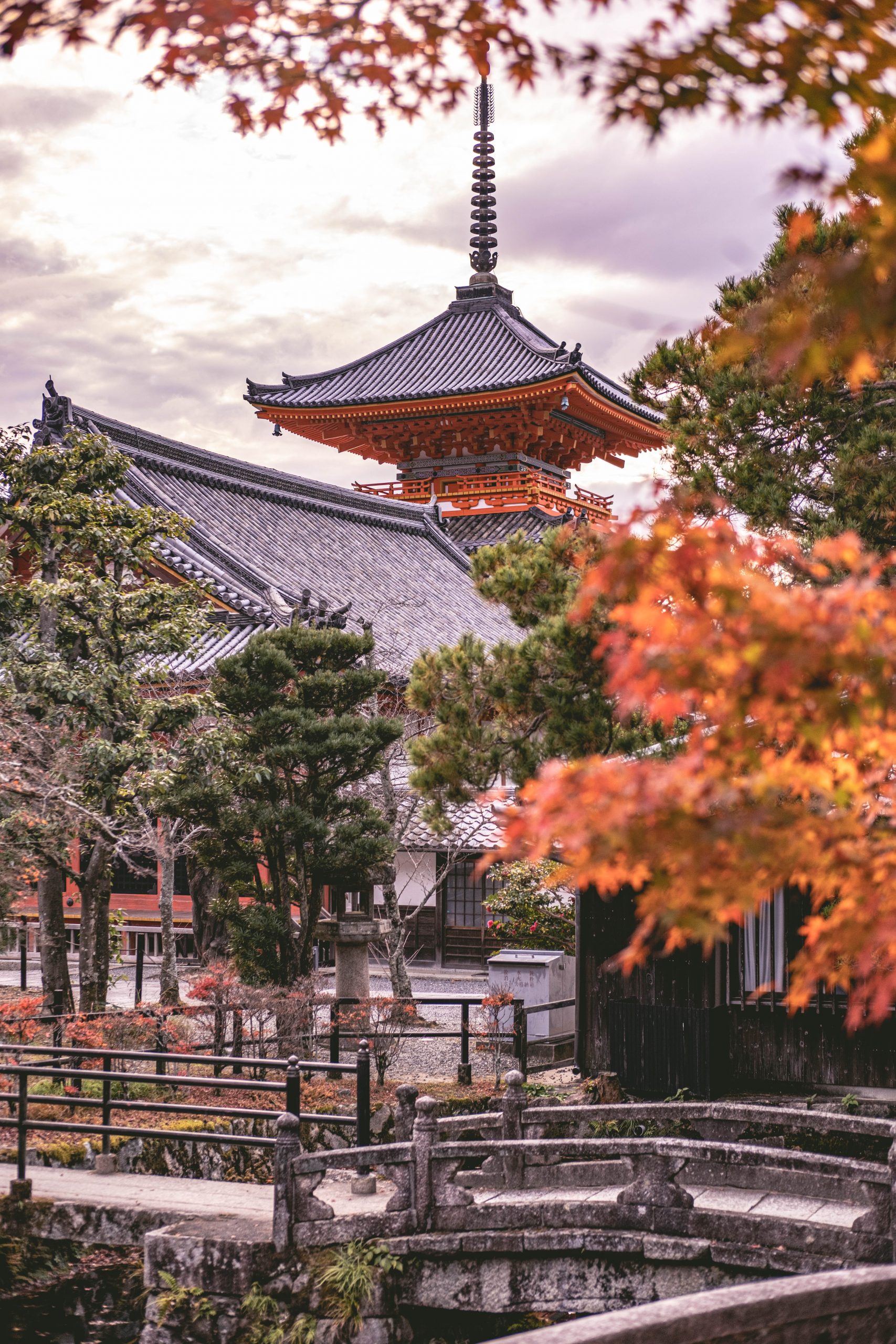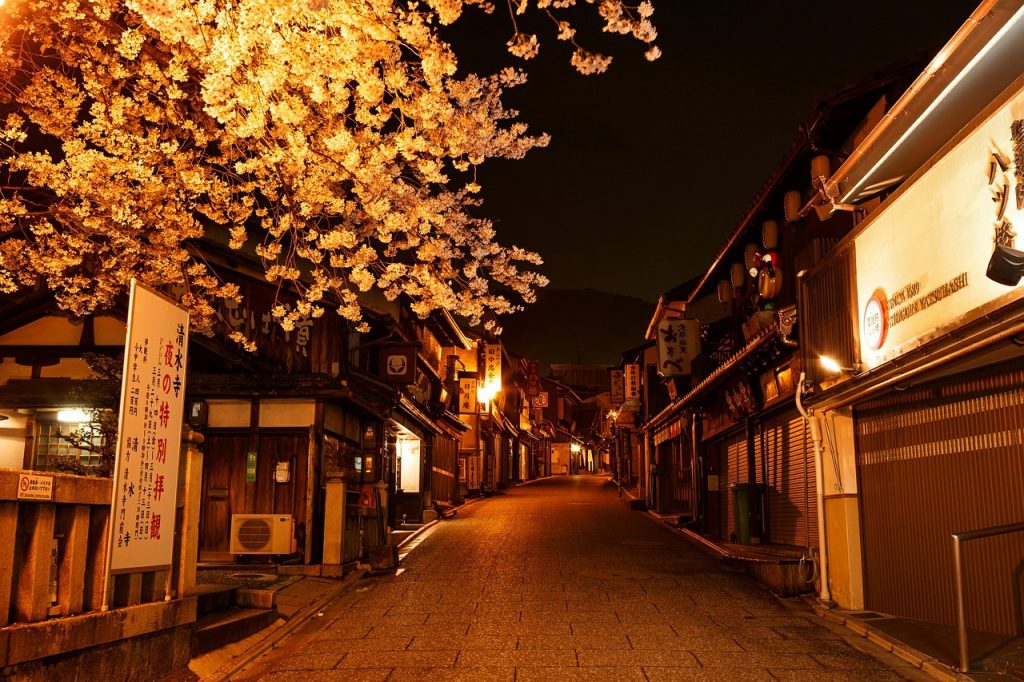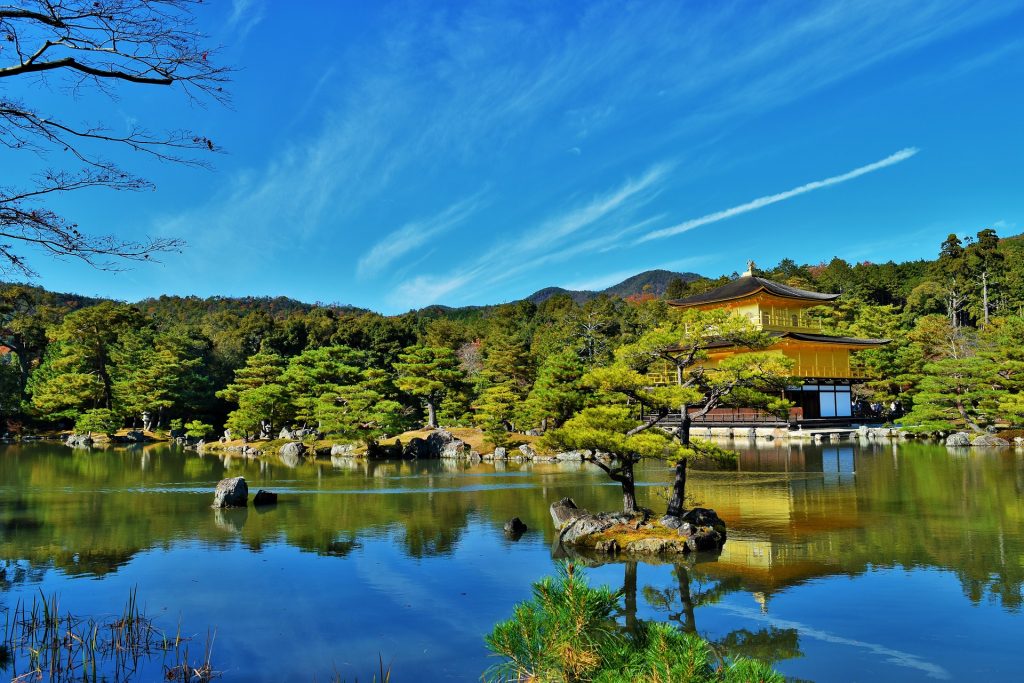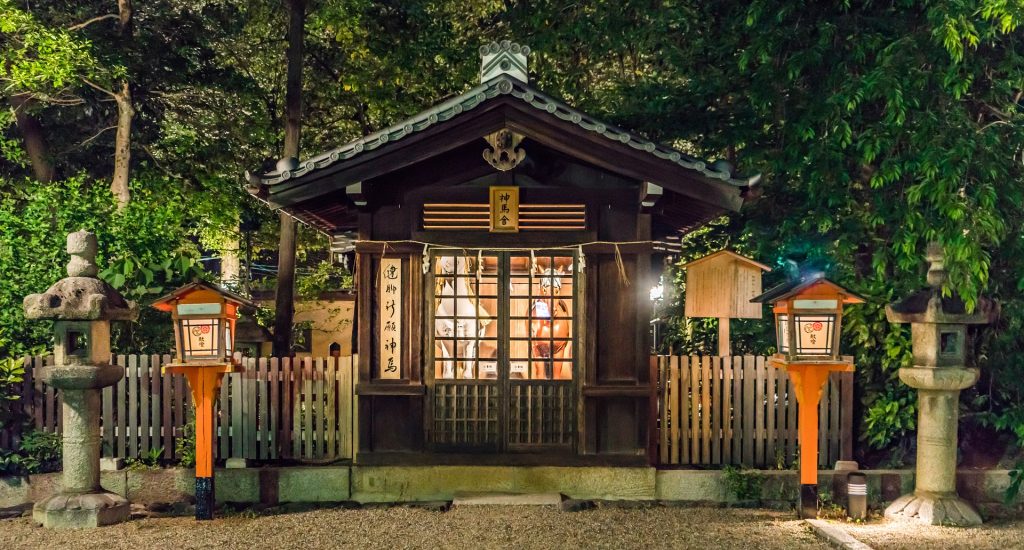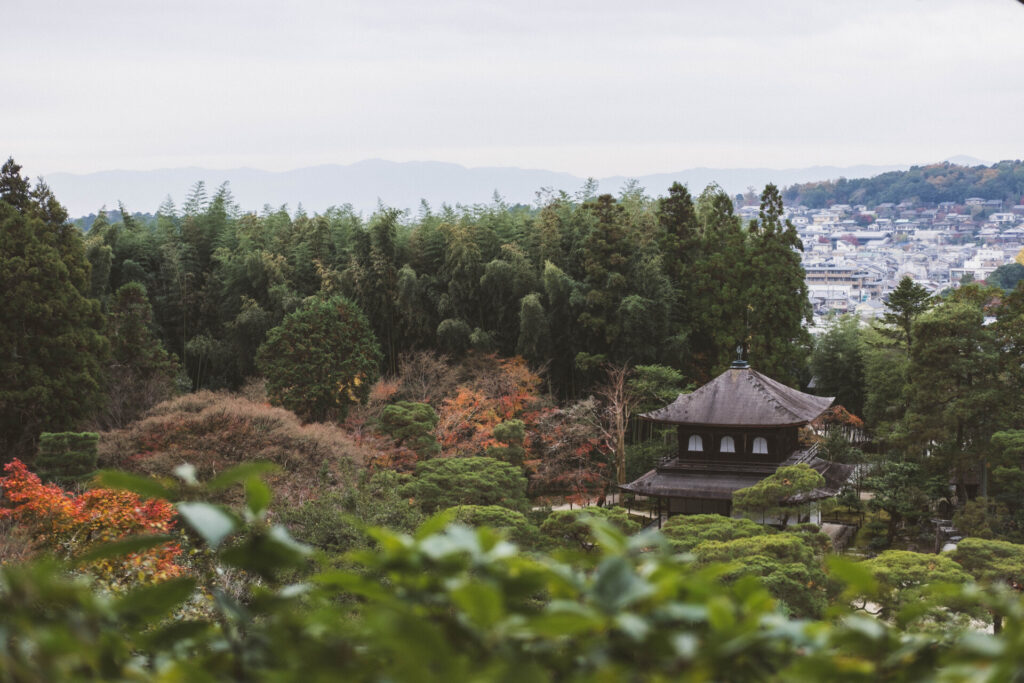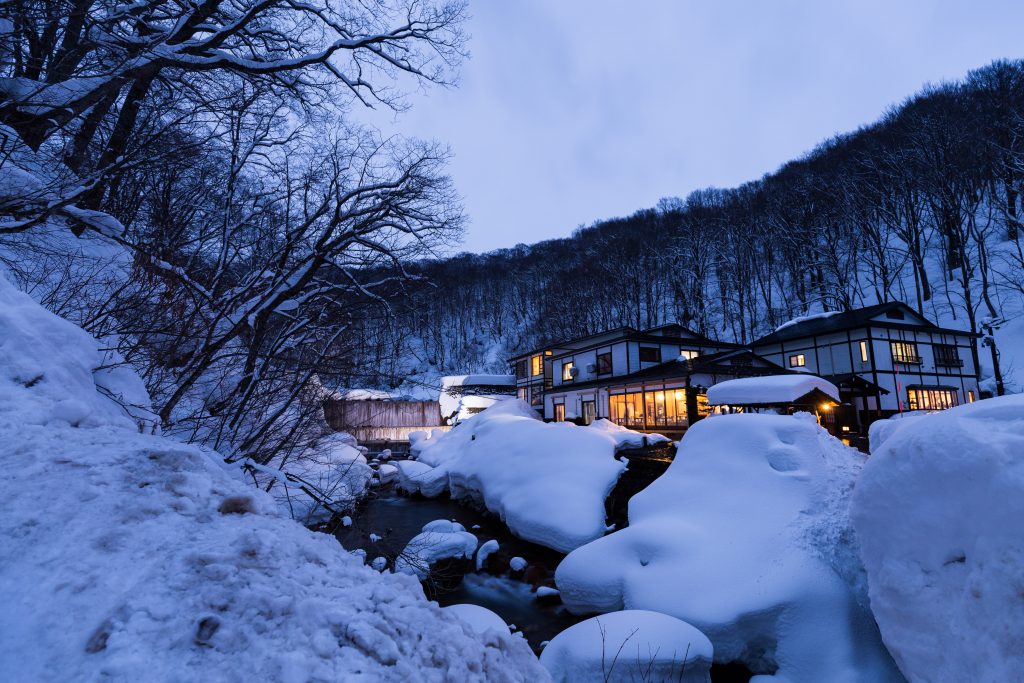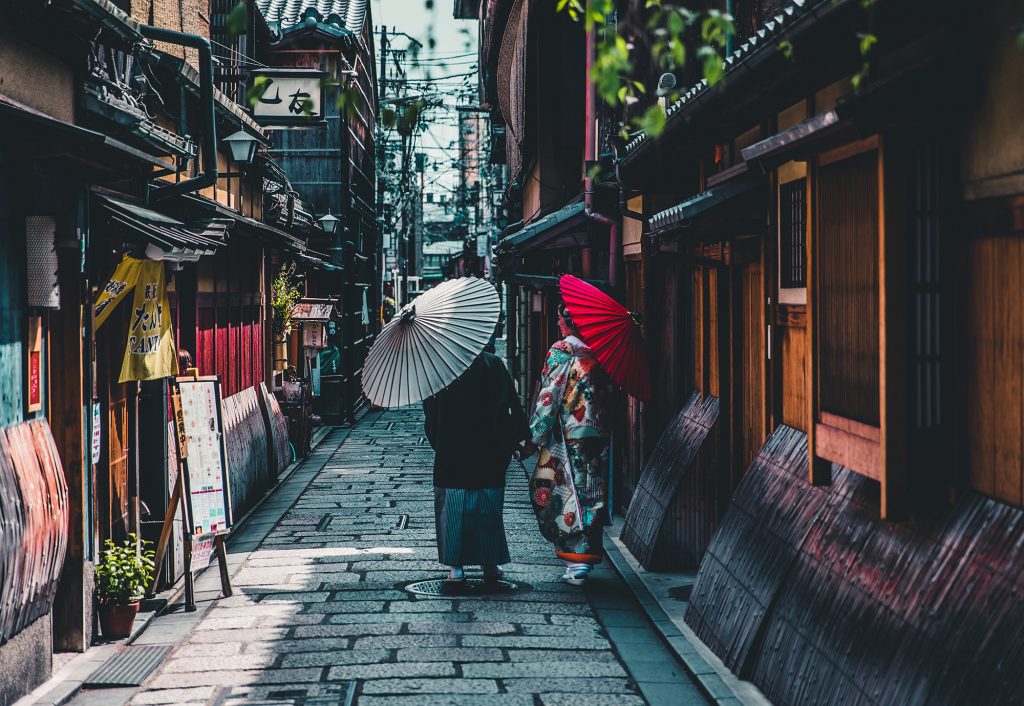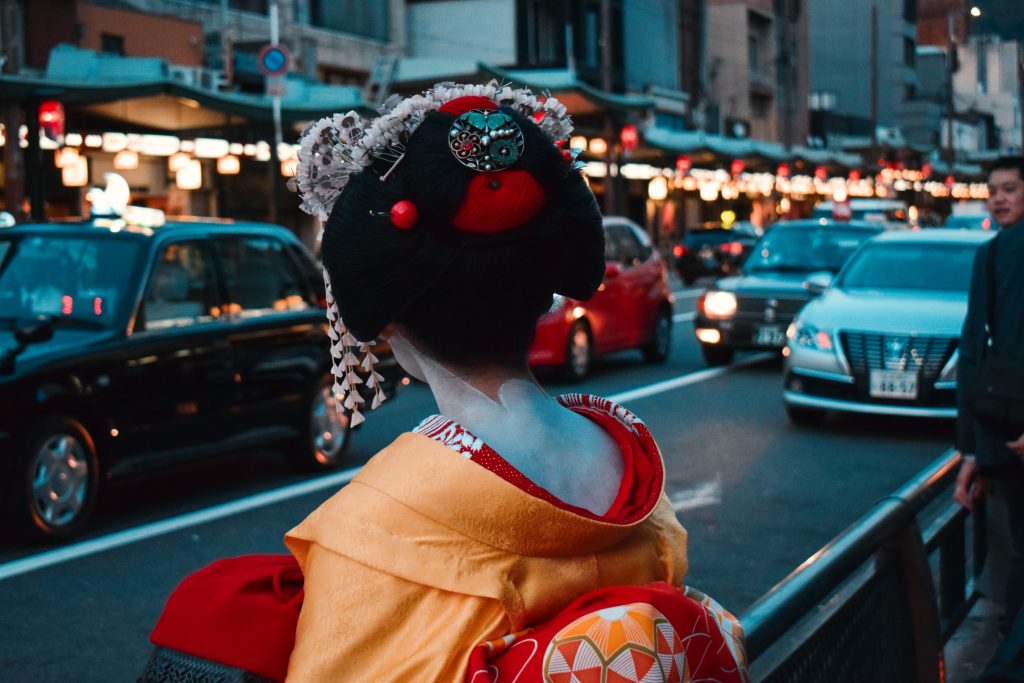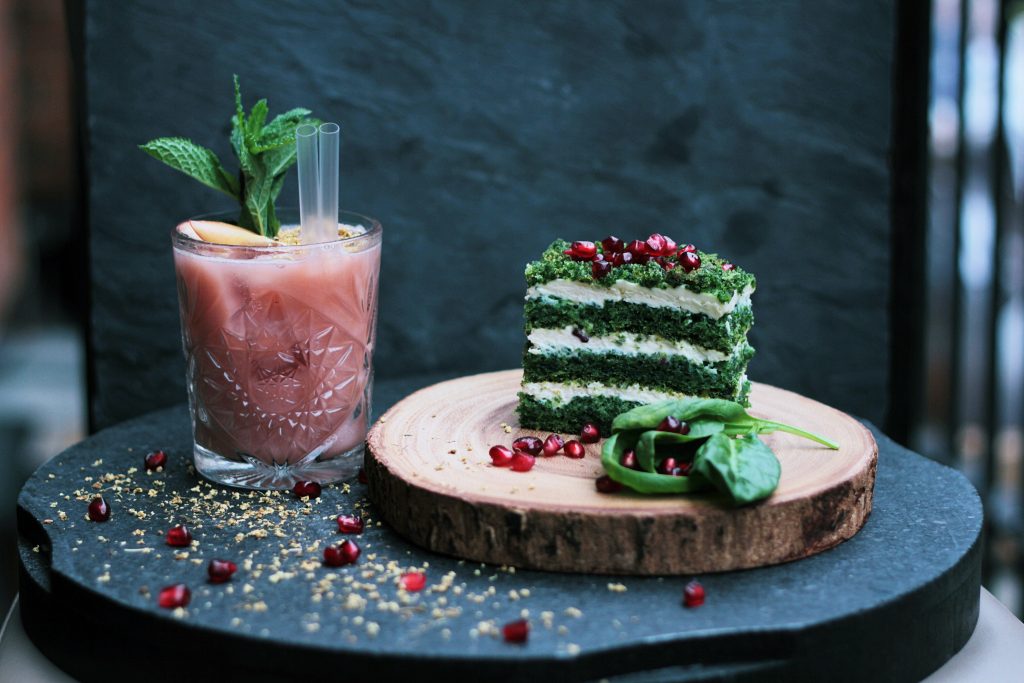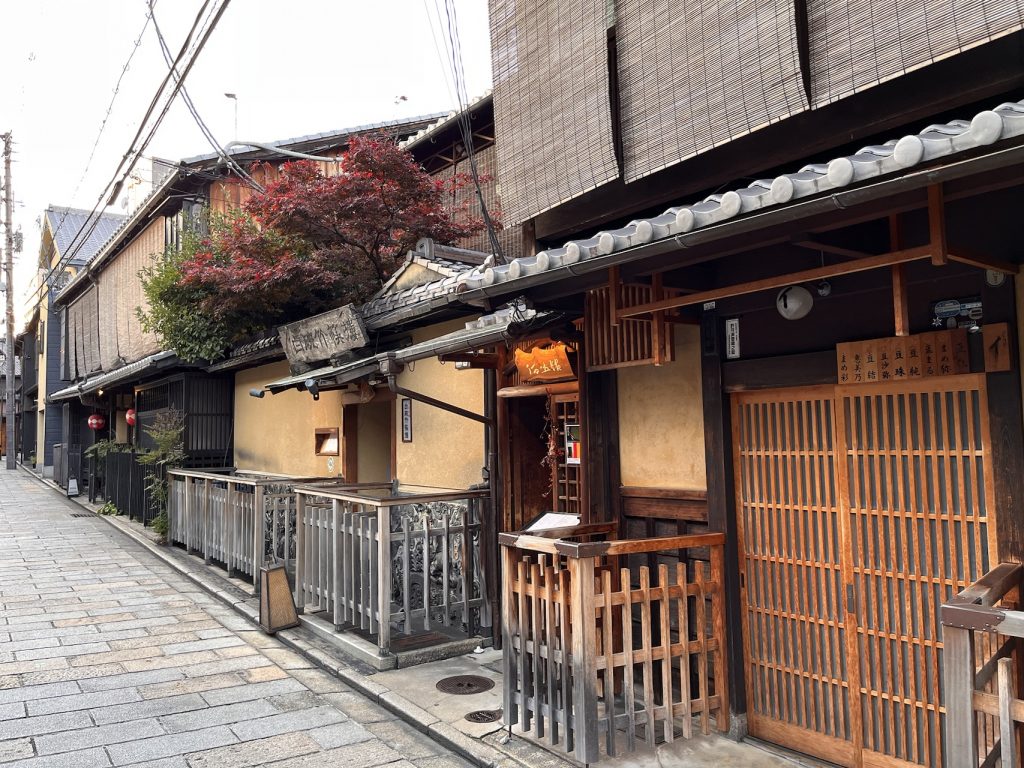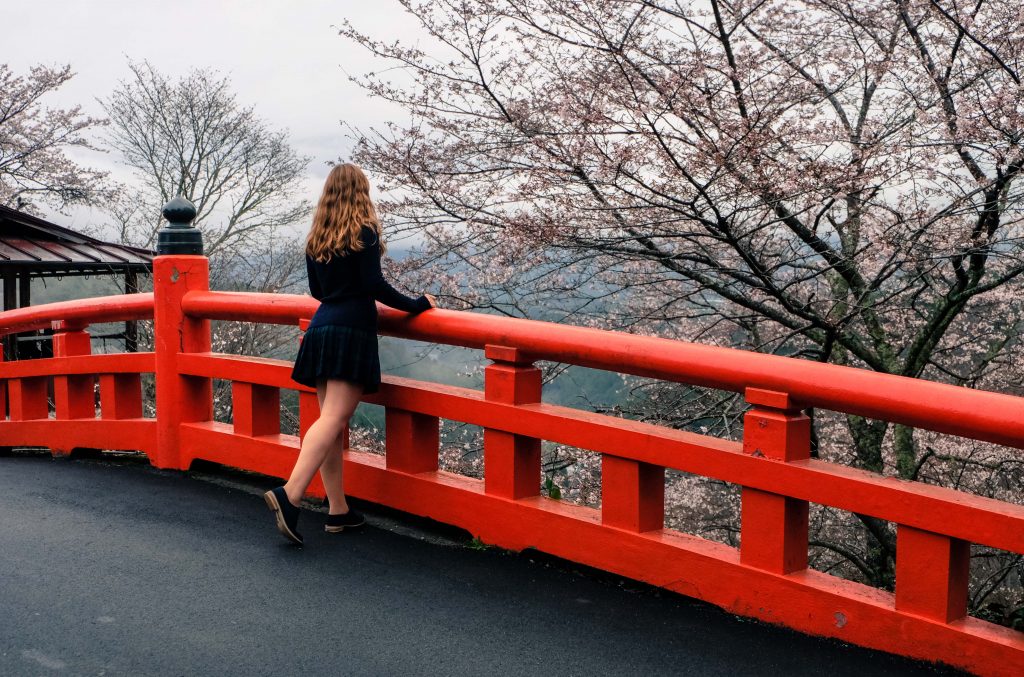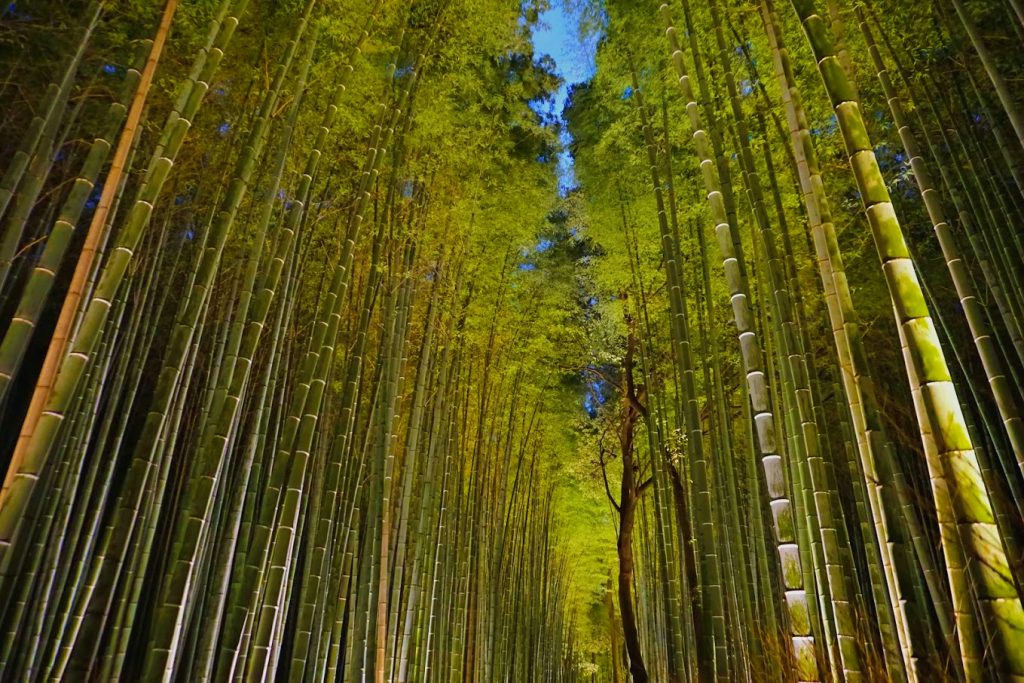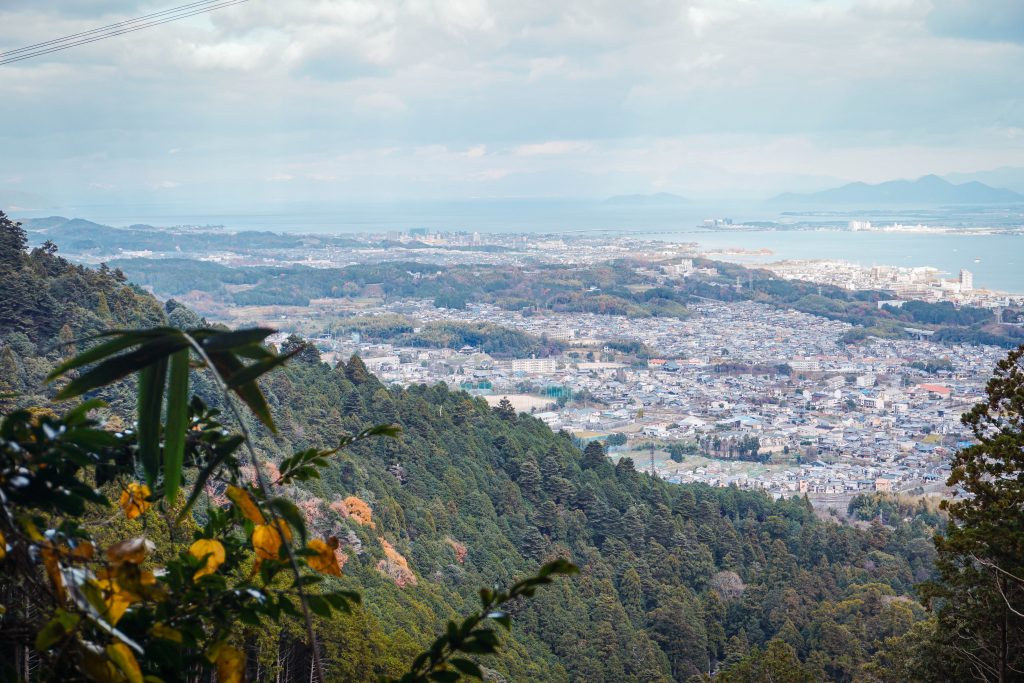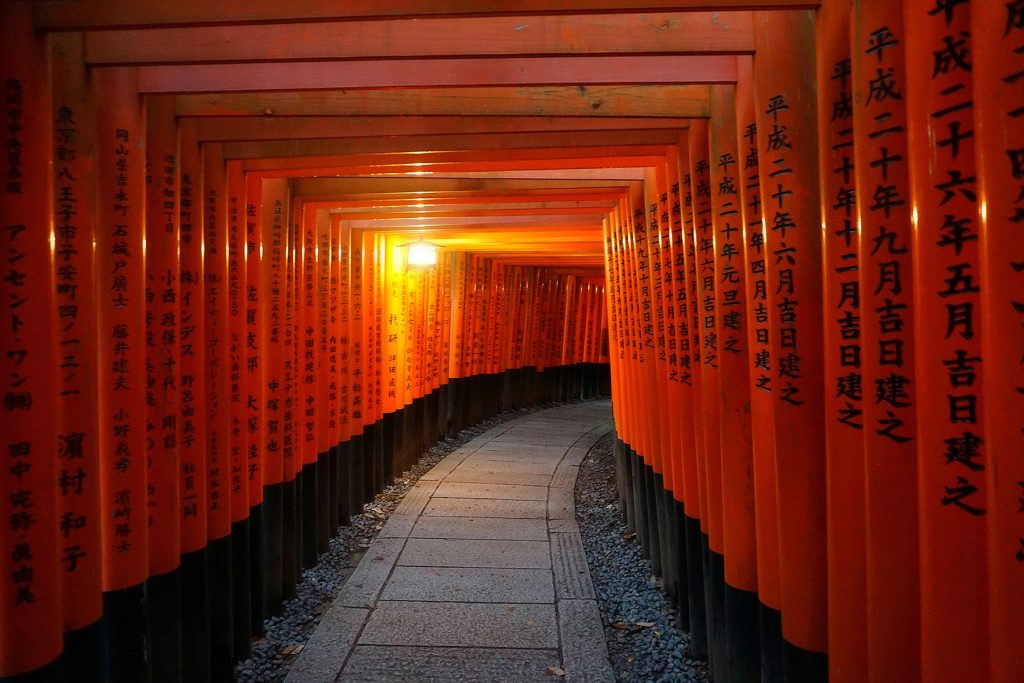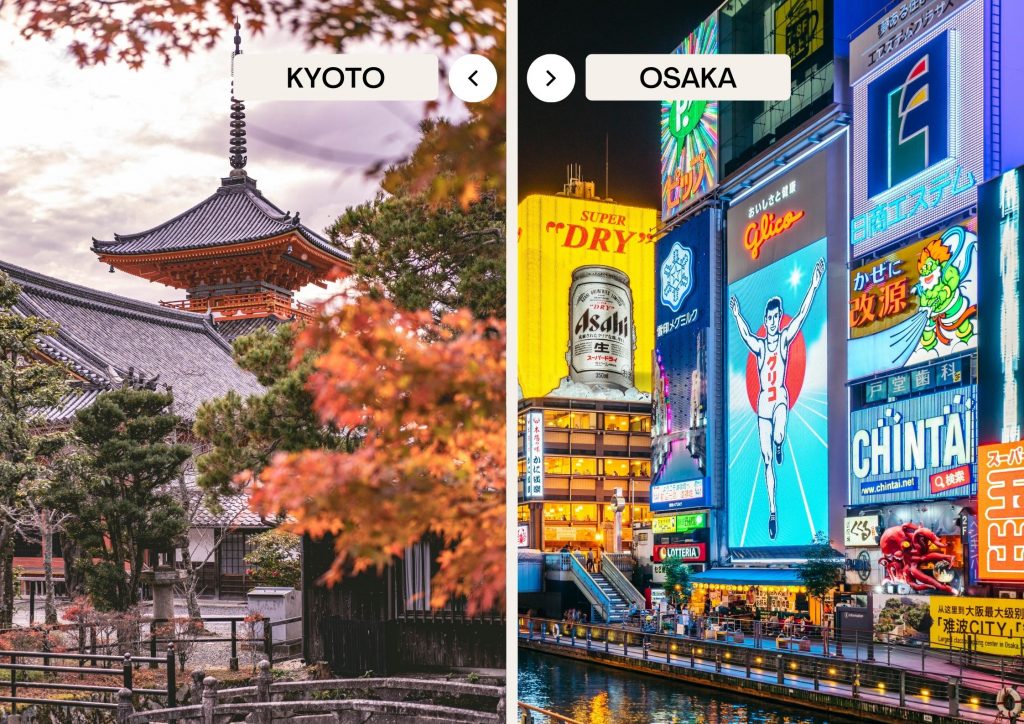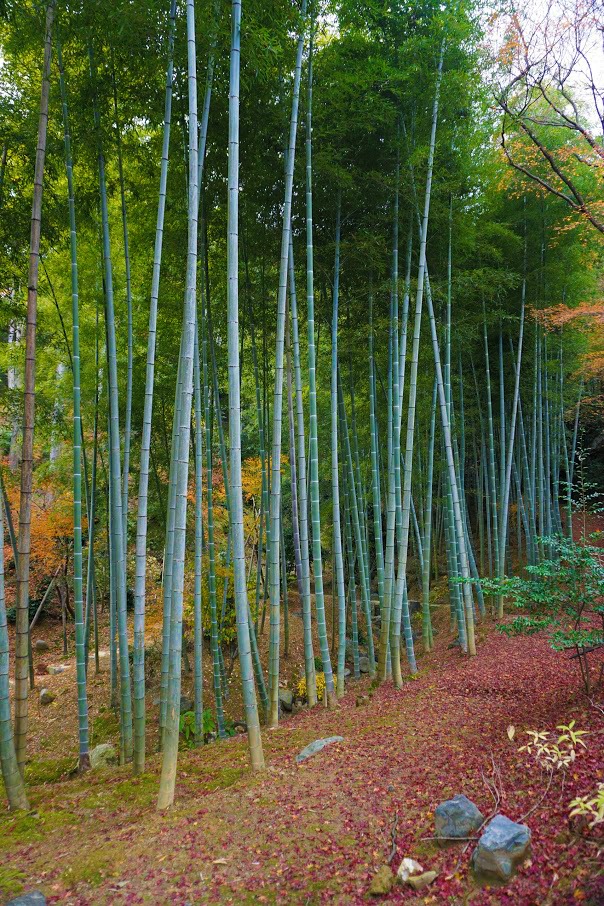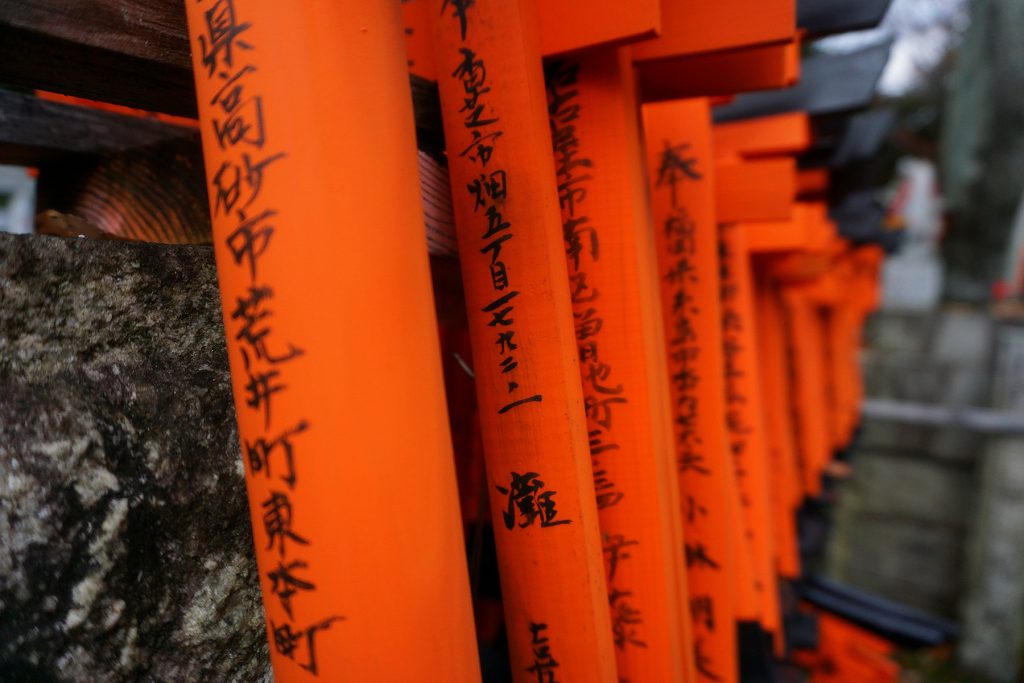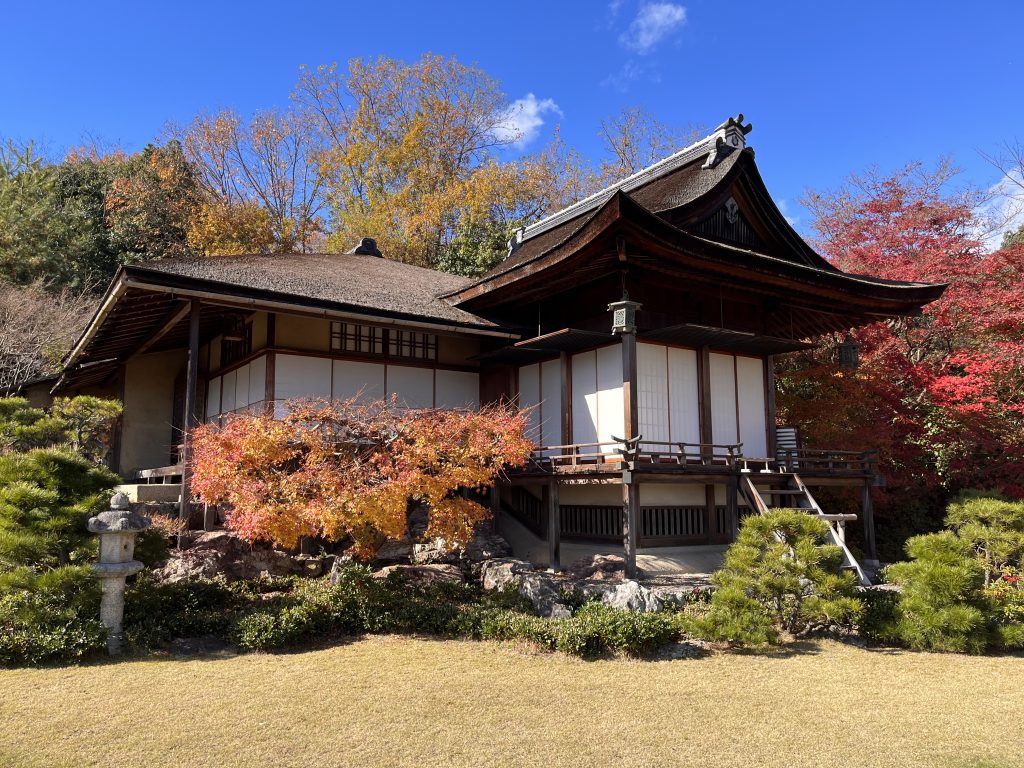Imagine traditional Japan, with elegant shrines and tranquil tea gardens. Delicate cherry blossoms and graceful Geisha shuffling along narrow alleys, that’s Kyoto.
Every visitor to Japan should spend some time in Kyoto. Where history walks the streets and the future is bright. You can experience every single trope of Japan in this diverse city that bridges the gap between old and new and stitches them together faultlessly.
Kyoto is known as the cultural heart of Japan. Culture radiates from every Shinto shrine, every restaurant, every toilet. It’s the only place where Geisha and Maiko (apprentice Geisha) still exist and practice their art.
Major events in Kyoto include the Gion Matsuri in July, an elaborate festival with parades of floats, and the Hanatouro in March and December, where streets and temples are illuminated with lanterns, creating a magical atmosphere.
Prefecture: Kyoto Prefecture
Region: Kansai, on Honshu Island
Climate: Humid subtropical with hot summers and cold winters
Major Festivals: Gion Matsuri, Hanatouro
Local Food & Drinks: Kkaiseki, matcha (green tea), and tofu specialities.
